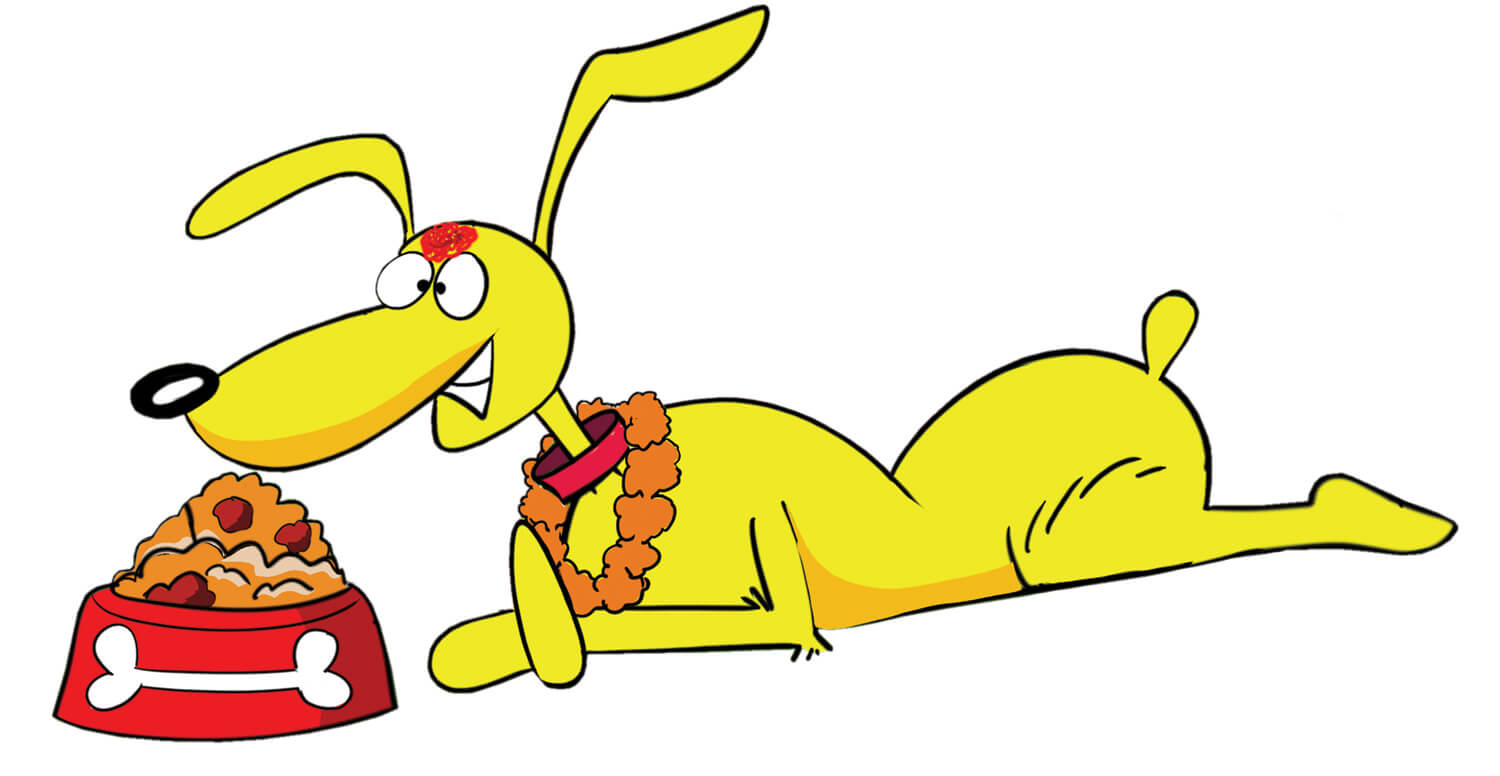In an Animal Farm

George Orwell wrote 1984 to warn us about tyranny perpetuated by fear, and Animal Farm to tell an allegorical tale of the decay of communism. As history steps into the new decade of the 2020s, it looks frighteningly like 1984 has already arrived in the post-truth world.
Animal Farm may have been a parody of Stalin’s Soviet Union but it has many parallels today, perhaps nowhere more so than post-revolutionary Nepal, where just about every character from Orwell’s farm has a corresponding political figure. Just fill in the blanks: Farmer Jones (……), Napoleon the pig (…..), Boxer the horse (…..) Moses the raven (…..) The 9 Dogs (…..) and Benjamin the donkey (….). History is recurring farce.
Nepal may now be a secular republic, but the country’s patron deity is still Pashupati Nath, the Lord of Animals. Paradoxically, for a country that worships animals Nepal is increasingly known as a country that mistreats animals. We love our animals to death.
Animals are ascribed godlike qualities, only to be tortured and killed. All this comes into sharp focus during Dasain and the upcoming Tihar festival. You cannot eat meat without killing an animal -- we get that. But why kill in the cruellest way possible? Take a peek at the buffalo trucks that transport the animals to Kathmandu’s slaughterhouses. It is guaranteed to put you off buff momos for good. See how goats are unloaded at the Balkhu market, or how a dozen chicken tied to the backs of motorcycles are taken to the butchers with their beaks scraping the asphalt.
Read also:
Creatures of CultureWaiting till the cows come home, Kunda Dixit
When faced with criticism about blood sacrifices, Nepalis get defensive and go on the offensive, pointing at factory farms and assembly line abattoirs in industrialised countries. True, the west has perfected the art of mass killing of animals for food. But there is now a backlash: cruelty to animals and the climate impact of eating meat have led to a dramatic increase in vegetarianism and veganism in Europe in the past five years. Ten percent of Britons are vegetarian, and one-third of women there do not eat meat.
This Tihar, Nepalis will worship crows, cows, dogs and bulls by garlanding and offering them treats. The festival is imbued with deep spiritual meaning, much of which has been lost. Despite this reverence of animals, Diktel Municipality last month beat dozens of community dogs to death with iron rods. In Kathmandu, dogs scalded with boiling water or acid land up in shelters every day. While we worship our pets on Sunday, hundreds will be so frightened by firecrackers they will get lost trying to get as far away from the explosions as possible.
We will worship cows on Sunday even as thousands of abandoned street cattle roam the East-West Highway. A ban on cow slaughter and the lynchings of Muslim traders across the border in Uttar Pradesh has meant that cattle forsaken by their Nepali owners are now homeless.
Read also:
Saving Nepal’s last wild dogs, Yadav Ghimirey
A dog with altitude, Sonam Choekyi Lama
Sacrificing goats during Dasain is a ritual, and the meat is consumed during family feasts. But how does one explain the mass bloodletting of sacrificial animals at Kot? Or the unconscionable slaughter of thousands of buffaloes, goats, fowl and even pigeons at Gadimai? It is difficult to justify carnage on such a horrifying scale in the name of tradition, killing for the sake of killing just so the wishes of those doing the killing are granted. In 2015, the Supreme Court ruled that the Gadimai slaughter was indefensible cruelty, but next month organisers once more expect 6 million visitors to the temple in Parsa, and more bloodshed.
It is worth pondering whether all this fatalistic brutality hardens us as a society. Forget animals -- look at how we treat fellow humans. State neglect condemns mothers and infants to die unnecessarily, corruption in the medical sector is a death sentence to many, our highways are in a perpetual state of murderous disrepair.
In 10 years 17,000 Nepalis were killed at the hands of fellow Nepalis, and no one has atoned for the unspeakable crimes against humanity committed then. Mohamad Aftab Alam got away with ordering eight supporters to be burnt alive in a brick kiln to destroy evidence of bomb-making in the 2008 elections. This week, video emerged of an excavator driver in Baitadi swinging his boom at people, injuring eight of them.
For festivals to really represent the triumph of good over evil, we have to go back to the basics of what all religions teach us: compassion, tolerance, non-violence against sentient beings and a reverence for nature.
Ten Years Ago
The front page of Nepali Times #473 of 23-29 October 2009 reads as if it could have been written this week:
At a time when India-China relations are returning to near-Cold War levels, the Maoists have been trying to play Nepal’s two giant neighbours off against each other. Having concluded that Delhi masterminded its downfall from government in May, Maoist chairman Pushpa Kamal Dahal has been cosying up to China.
Beijing, which was happy with the way the Maoists cracked down on pro-Tibet activities while they were in power, seems to be only too happy to play along. Dahal’s visit to China last week, during which he also met briefly with Premier Hu Jintao, was either perfect, or disastrous, timing.

We don’t know what China’s message was, but sources say Beijing underlined the need for stability in Nepal and Premier Hu was worried about the growing political drift in Kathmandu. What Dahal’s visit seems to have done is made the Indians even more paranoid, and to conclude that the Maoists can’t be trusted.




